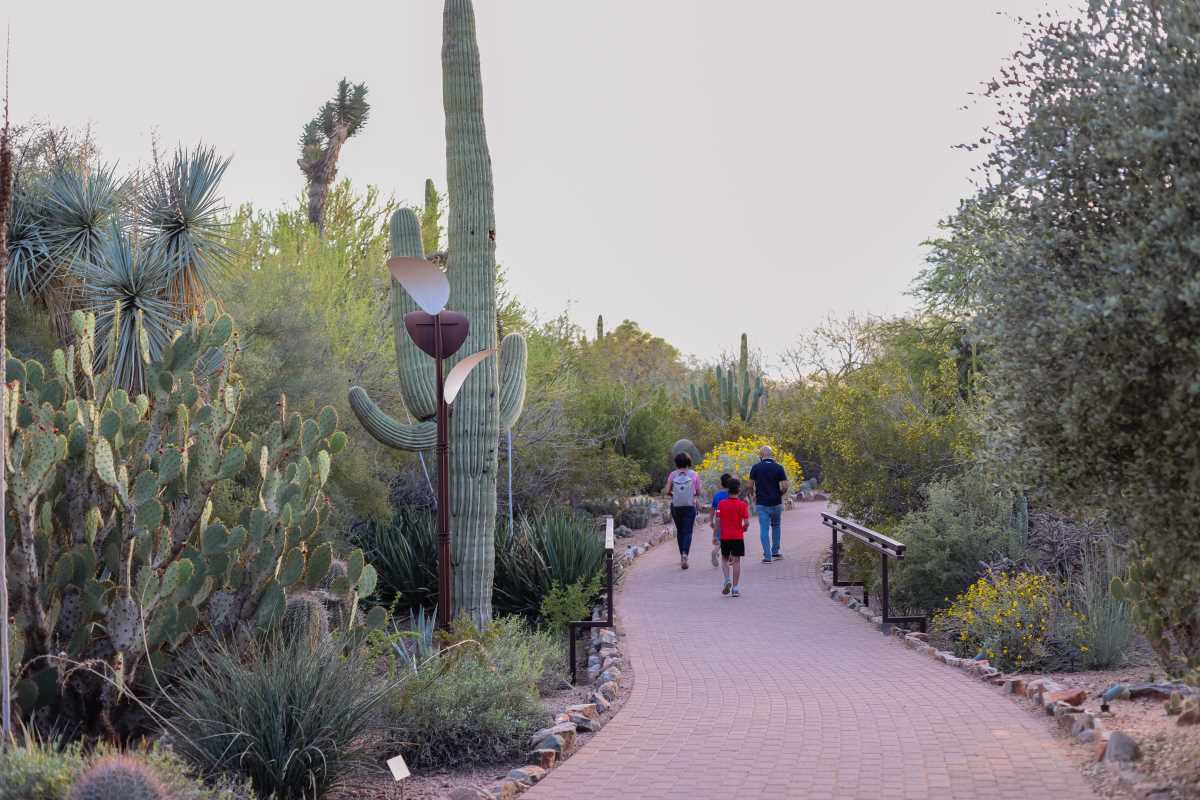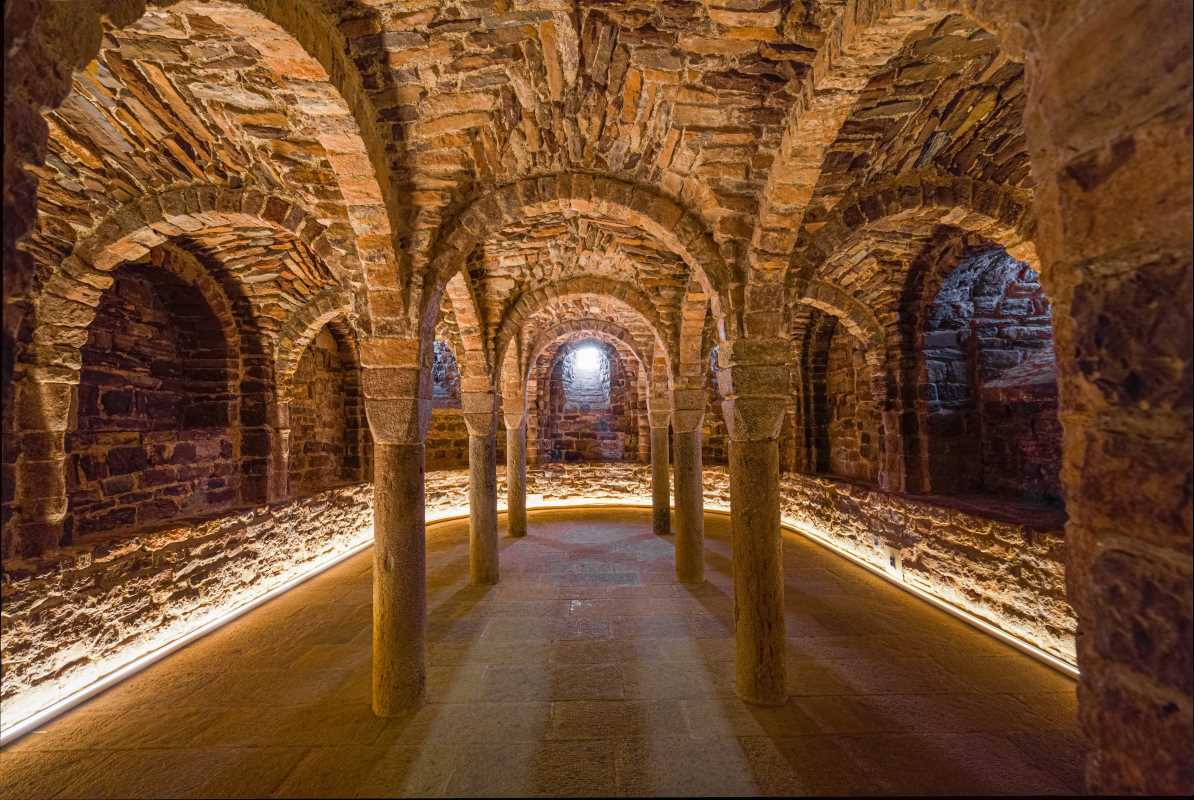Walking along a quiet forest trail or looking out over a sweeping canyon brings a sense of wonder and connection to nature’s most remarkable places. These experiences encourage care for delicate environments while offering the excitement of exploring something new. By choosing to travel with thought and consideration, you help protect the beauty of each landscape and support the well-being of every creature that calls it home. Each step you take becomes part of a larger effort to preserve the wild spaces you love, ensuring that future generations can enjoy the same breathtaking views and peaceful moments.
Creating an experience that sparks wonder and preserves delicate landscapes requires new perspectives. Imagine travel that weaves seamlessly with local rhythms, champions unspoken habitats, and spotlights hidden wonders without leaving a trace. You’ll find fresh inspiration in how each footstep can echo with purpose, sparking meaningful adventure in every protected stretch of earth.
Expanding Perspectives on Eco-Friendly Adventures
Adopting journeys that protect habitats changes your role from visitor to steward. You become part of a larger community committed to preserving wild corridors and thriving wildlife. Seek less-traveled trails, support on-site rangers, and align with local restoration efforts to uncover layers of meaning behind each sunrise and dusk.
Every choice—right-sized gear, locally sourced provisions, off-peak season visits—makes you a guardian of tomorrow’s landscapes. This approach fosters connection with park stewards, offers insider views on rare species, and amplifies the gentle hum of ecosystems at work. Such mindful exploration transforms both you and the lands you love.
Eco Tips for Every Park Visit
- Bright Angel Trail (Grand Canyon NP): This historic canyon route features shaded river overlooks and cooled inner-canyon springs. Permits for overnight camping cost about $10 per night. Camp only at designated sites and refill water at verified stations. Insider tip: Reserve early-season spots to catch vibrant wildflower blooms without the summer crowds.
- Mist Trail (Yosemite NP): Known for cascading waterfalls and granite staircases, it climbs steeply past Vernal and Nevada Falls. Day-use permits are free but fill fast—arrive pre-dawn. Look for tucked-away benches below Nevada Fall for quiet lunch breaks. Insider tip: Pack a lightweight rain jacket to stay comfortable under waterfall spray.
- Fiery Furnace Permit (Arches NP): This labyrinth of sandstone fins requires a guided permit at $10 per person. Guided walks reveal hidden arches and narrows unreachable alone. Guides carry minimal-impact tarps and rope systems. Insider tip: Choose the early afternoon tour when light shimmers through narrow windows, capturing ethereal canyon glow.
- Crabtree Falls Trail (Shenandoah NP): Flowing through old-growth maple stands, this plunge waterfall route spans three miles round-trip. Parking requires a day-pass purchase ($30 vehicle). Arrive on weekdays to avoid lot overflow. Insider tip: Pack a silicone snack bag of local apples and almonds to enjoy beside the cascades without plastic waste.
- Wolverton Snowshoe Loop (Sequoia NP): This winter circuit crosses avalanche-safe ridges under towering redwoods. Snowshoe passes cost $5 per day per person. Rental shops near park entrance offer eco wax-free shoes. Insider tip: Check park bulletins for group-guided snowshoe days—they share trail-breaking duties and wildlife tracking tips.
- Island in the Sky (Canyonlands NP): A mesa overlooking the confluence of rivers features easy rim trails and sunrise vistas. Vehicle entry permits run $30 for a week. Use fill stations at visitor center to top off jerry cans. Insider tip: Hike the Grand View Point trail at dusk when shadows carve dramatic relief into the canyon walls.
- Crescent Meadow Loop (Sequoia NP): Nestled amid giant sequoias, this gentle loop decompresses and reconnects. Free trail access but limited-time shuttle service requires advance booking. Arrive before shuttle departure to secure seats. Insider tip: Visit the historic log cabin near the meadow for interpretive displays on sequoia regeneration.
Essential Gear and Practices for Zero-Trace Exploration
- Use reusable water systems with built-in filters to replace disposable bottles. Carry a lightweight stainless steel filter bottle that removes sediment and microbes without chemical cartridges. Rinse and dry thoroughly each night to prevent mold buildup. Keep the extra filter sleeve within easy reach for quick tours along dusty trails.
- Switch to compostable soap alternatives for campsite hygiene. A plant-based, biodegradable bar cleanser cleans dishes and body without harming waterways. Lather away at least 200 feet from streams to let soils naturally filter soap residues. Carry a small mesh pouch to air-dry the soap between uses for longevity.
- Select quick-drying synthetic clothing over cotton to cut down on laundry water usage. Synthetic layers wick moisture and resist odor so you can wear items multiple times without washing. Air garments on tree branches at night to evaporate sweat and reduce weight in your pack. Spot-clean stains with minimal water when needed.
- Bring a compact multi-tool with a removable LED headlamp to trim small branches and adjust gear. This reduces extra weight from separate tools and helps you clear minor trail obstacles. Keep the tool secured in an accessible belt pocket to respond quickly to changing trail conditions after storms.
- Implement a food-waste management pouch system. Store all scraps in a sealable mesh bag to hang from designated bear poles or hooks. Avoid sinking scraps into pits that attract wildlife. Clean the pouch daily with filtered water to control odors and prevent mold between uses.
Supporting Local Conservation Projects
Getting involved with grassroots efforts enhances your impact long after your visit. Volunteer for habitat restoration days, join native plant propagation workshops, or support park bookstores dedicated to funding research. These small commitments connect you to each park’s ongoing story of renewal.
Share photos tagged with park research projects or citizen science apps to gather data that helps wildlife corridors and climate adaptation. You become an active partner, not just a spectator, enriching ecosystems with every step and photo shared eco-friendly.
Fostering Community Action Beyond the Trailhead
Sharing stories of restoration and promoting clean practices inspires others to join in preserving natural spaces. Supporting local artisans and eco-friendly shops strengthens communities while protecting landscapes. With each mindful action, you help ensure these wild places remain vibrant for future explorers.
 (Image via
(Image via





